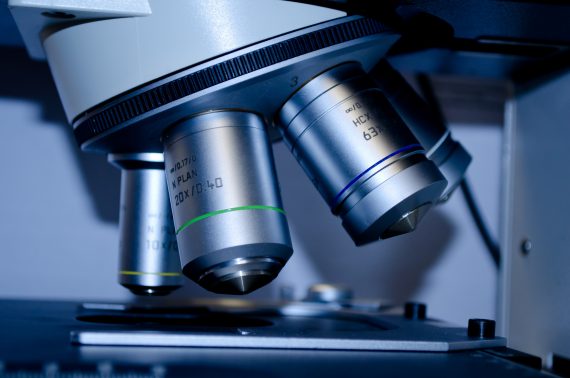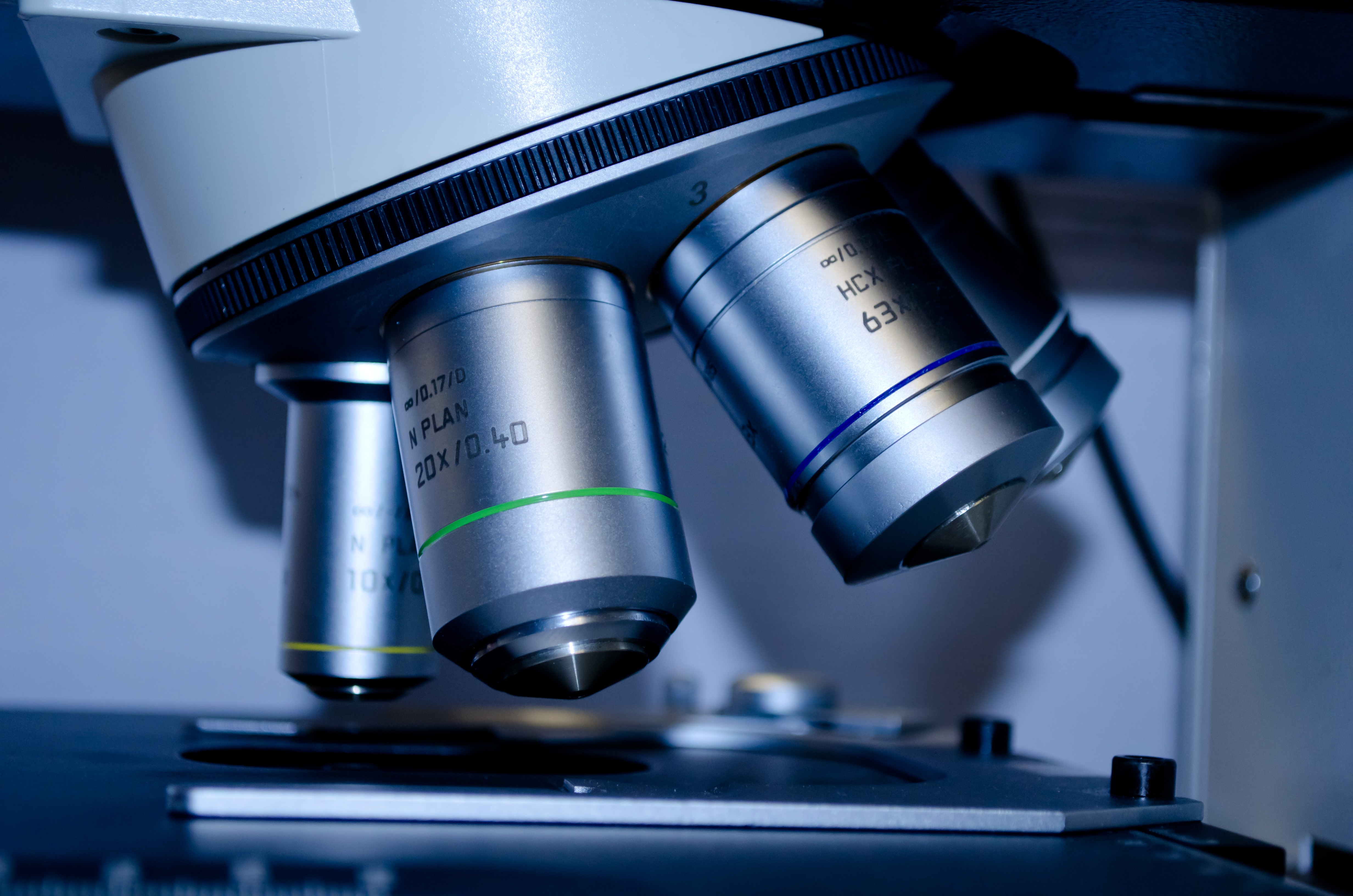By SEAMUS TOOMEY
Over the summer UL unveiled a new multi million euro microscope which is one of a kind and set up for use in the Bernal building. The microscope is called the Titan Themis and may or may not be a Decepticon. It also cost €6 million with an additional €3 million being added on top of that in specialist equipment which includes in-situ microscopy, ultra-fast, ultra-sensitive detectors and environmental holders, which allow for the behaviour of materials to be studied in real-time across a range of environments. This makes it the single biggest investment the University has ever received.

The Titan Themis is a double-corrected, monochromated Transmission Electron Microscope (TEM). TEM’s are the most powerful microscopes with a maximum potential of magnifying up to 1 nanometer. It works similar to what you typically think of when you hear the word microscope except instead of photons this type of microscope views electrons to produce high-resolution, black and white images from interactions between prepared samples and energetic electrons in the vacuum chamber. To view electrons though an electromagnetic lens is used and you view the image on a screen and not through an eye piece like on the familiar optical microscopes. While TEMs in general are regarded as some of the most powerful they don’t usually set companies back more than a few hundred thousand euro but the Titan Themis is unique even in the world of TEMs and truly a welcome addition to the University for its wide variety of industry, science and education uses.
What makes it so different are both its holders and the detectors. The holders allow for the viewing of materials and how they interact with environments at an atomic level such as how a liquid would react to cryo-cooling. The detectors on the other hand allow users to view all of this happening at 1,600 frames per second a huge jump up from what the university was capable of previously (about 10 frames per second). The equipment is funded by University of Limerick in partnership with Science Foundation Ireland (SFI) through its Infrastructure and Opportunistic funds and has already enabled funding to be received from FET Open via Horizon2020 and will likely attract students from around the world to our postgraduate science programmes.
![]()


